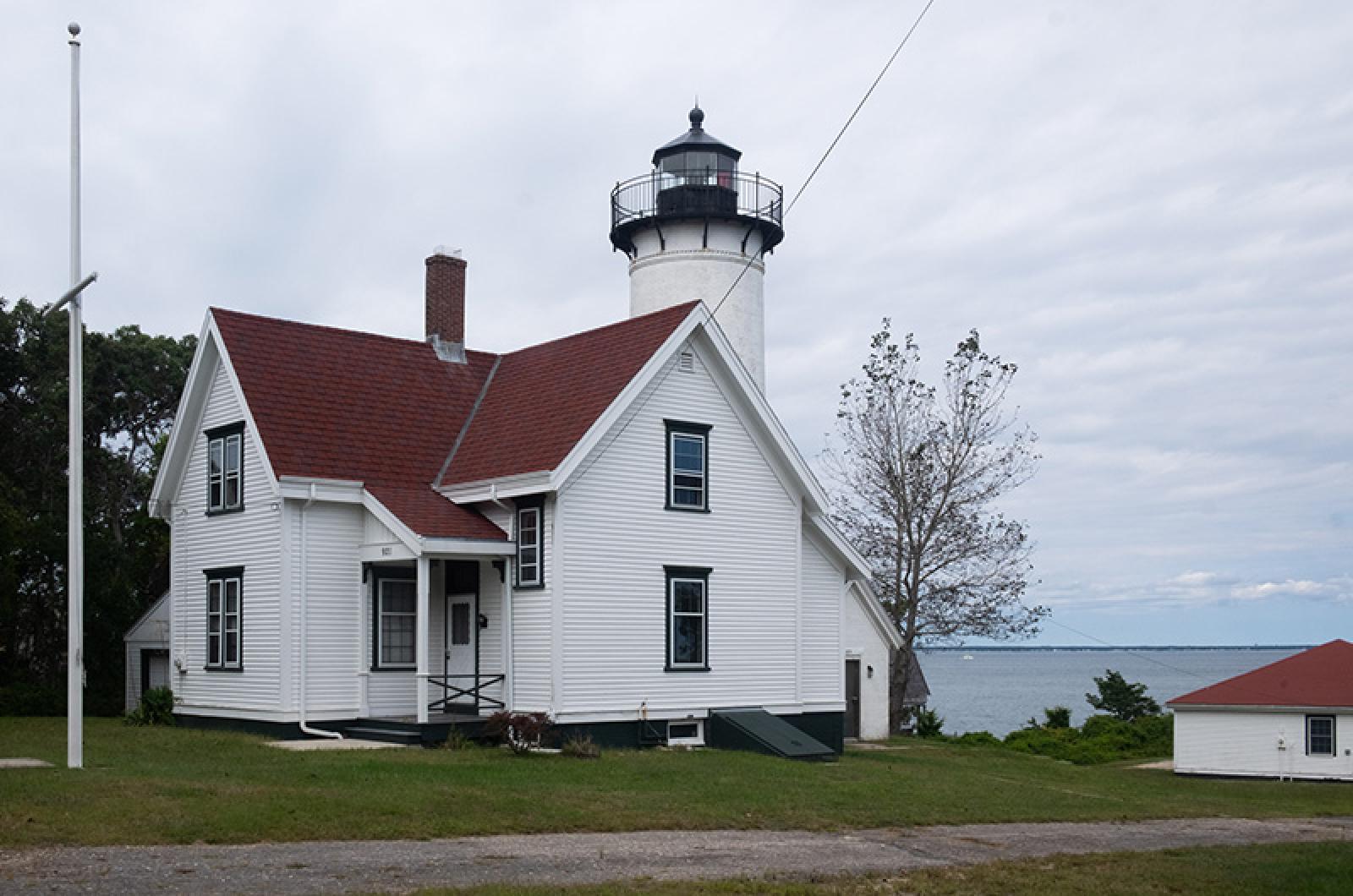A lengthy government investigation into lead contamination at a Coast Guard housing facility at the West Chop Light has been closed following the issuance of a final report over the summer.
The investigation was triggered after elevated lead levels were found in the child of a Coast Guard family living at the facility.
Owned by the federal government, the two houses formerly used by lightkeepers date to the late 1800s, and have long been used as living quarters for senior members of the Coast Guard and their families stationed on the Island. A memorandum issued by the Coast Guard in July outlines internal details surrounding environmental contamination issues with the buildings that date back for decades.
In 1993, a lead removal and abatement project was performed in the house. By 2013 the Coast Guard was considering selling the property. In 2014 the commandant issued a formal recommendation to sell the property and use the proceeds to rent other housing on Island for housing staff. But according to the report, Coast Guard officials from the first district and southeastern sector intervened, asking instead to keep the property, citing the scarcity of housing on the Island.
In 2014 and 2015 another lead abatement project was done at the house, in preparation for using it as family housing for Coast Guardsmen. The memorandum notes the project did not include testing in the basement or the soil around the house.
In 2016 the officer in charge and executive petty officer at station Menemsha moved into the houses with their families, the memorandum said.
In August 2018 a child living in one of the houses showed elevated blood levels during a routine exam. A Coast Guard spokesman contacted this week could not provide more details, citing government HIPA laws.
The families have since moved out of the housing compound, and a long-term plan for the West Chop property is still being developed, the spokesman said.
In the memorandum the Coast Guard concluded that the 1993 abatement had likely been effective but had degraded over time. It further concludes that the subsequent 2015 abatement likely had not been comprehensive enough.
“The . . . detection of lead in 2018 was likely a result of the fact that the 2015 abatement did not include the basement or the grass covered exterior areas of the home (which later became bare),” the memorandum said in part.
The memorandum issues a series of what are called final actions, including a thorough examination of Coast Guard housing facilities for lead and other contaminants, and a detailed protocol for reviewing policies, sharing public information, informing families and providing assistance in the event of exposure to contaminants.






Comments (2)
Comments
Comment policy »